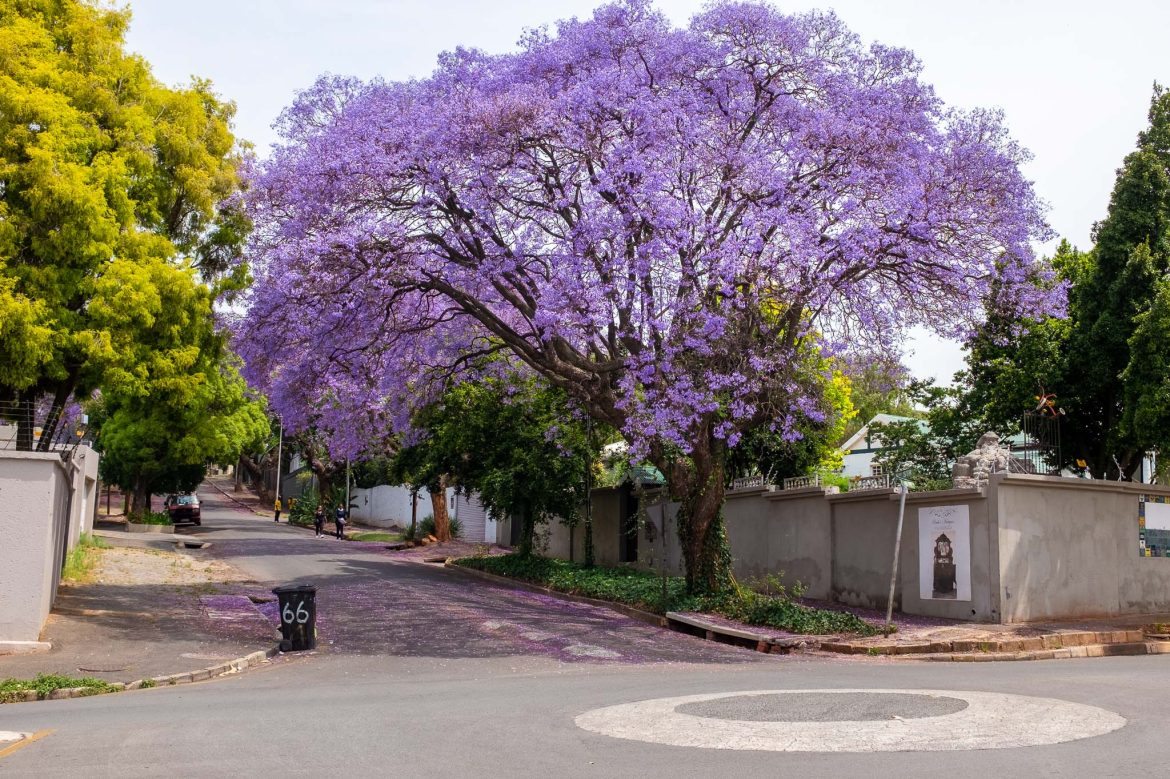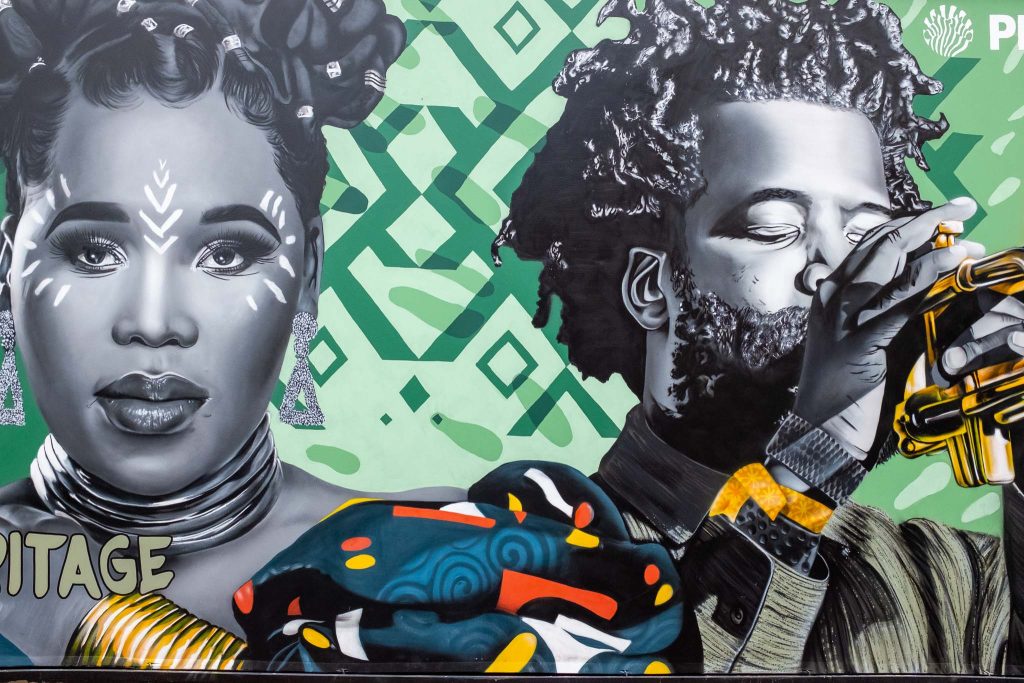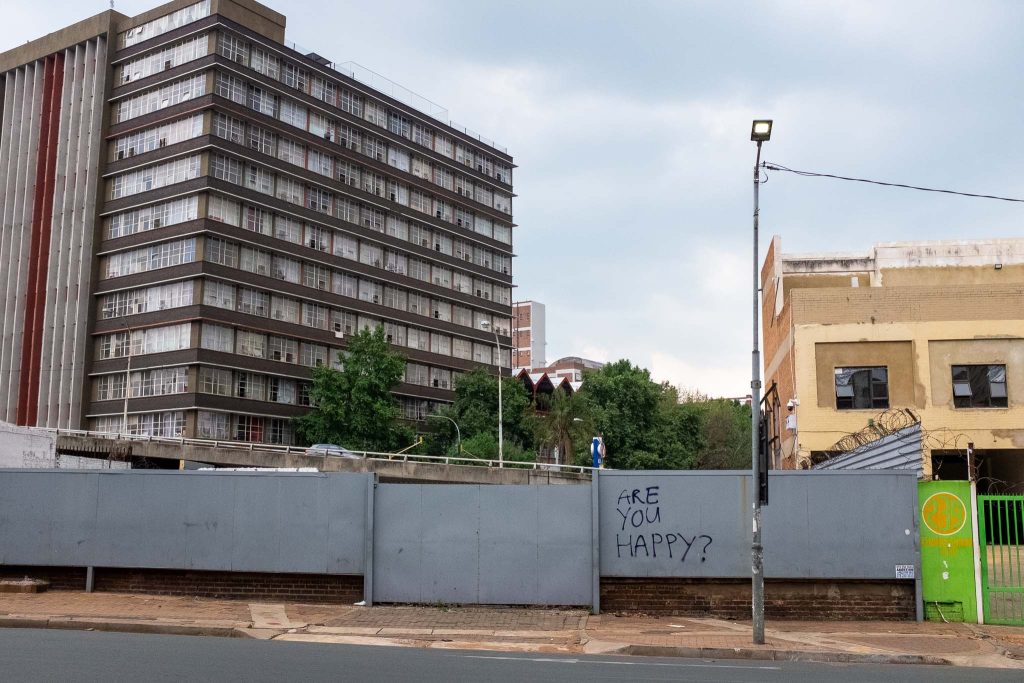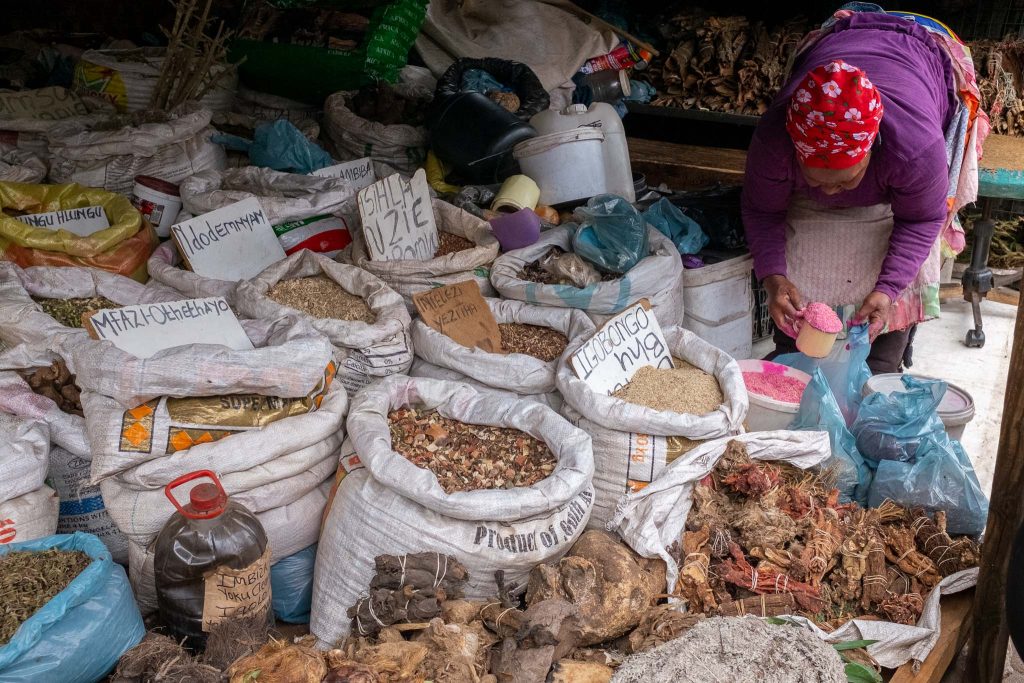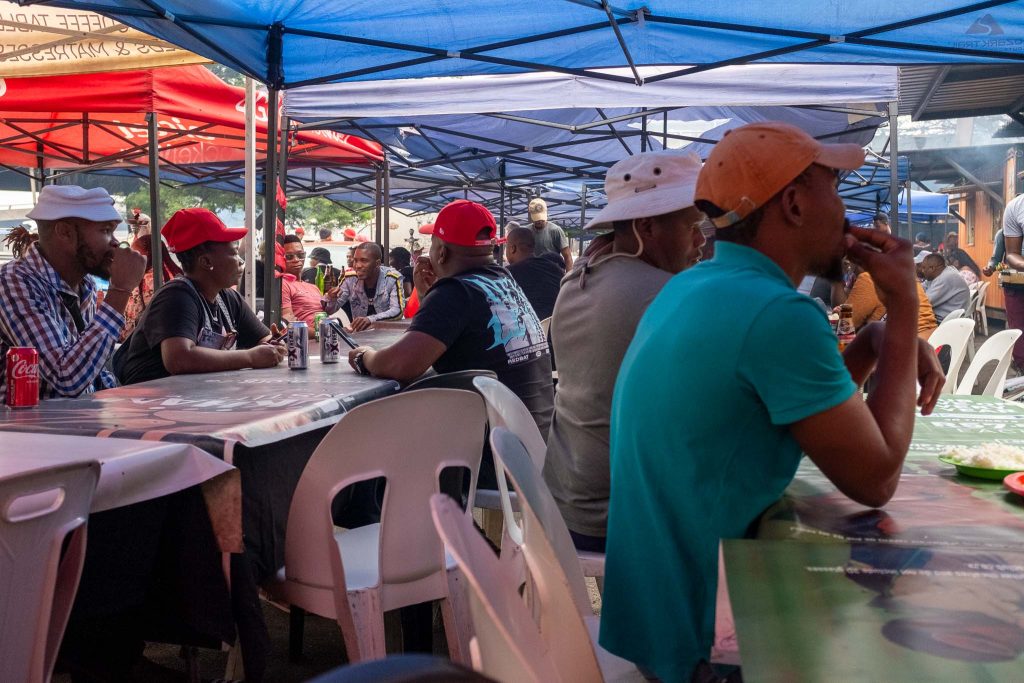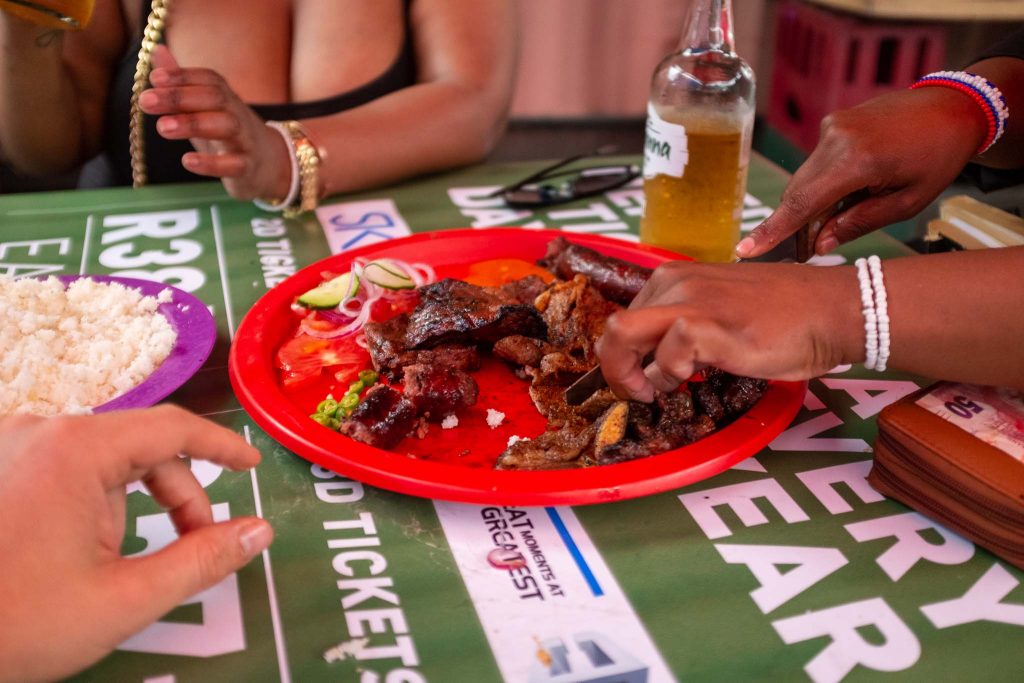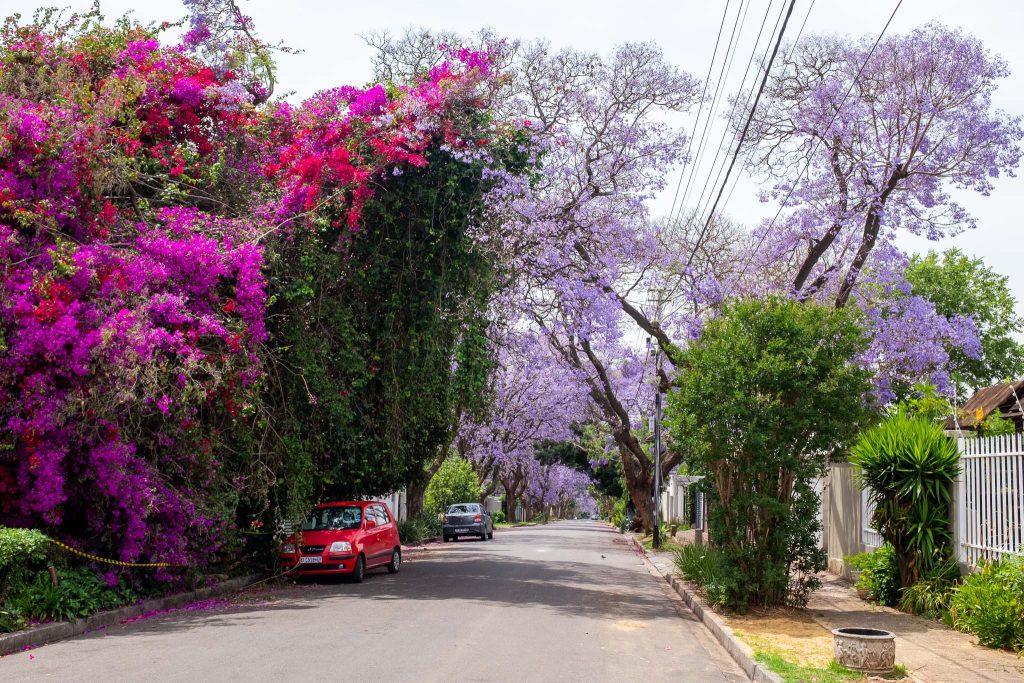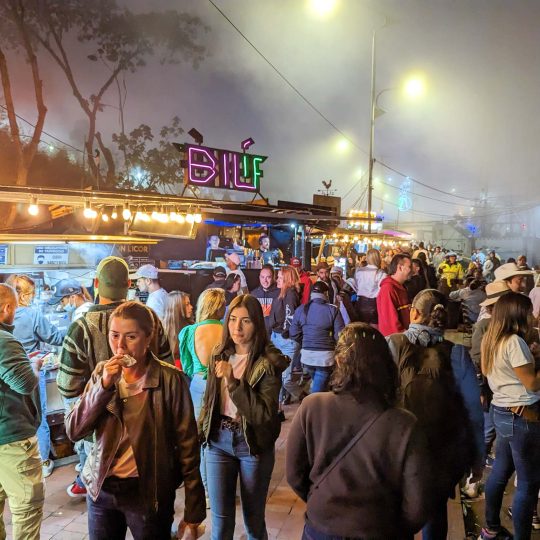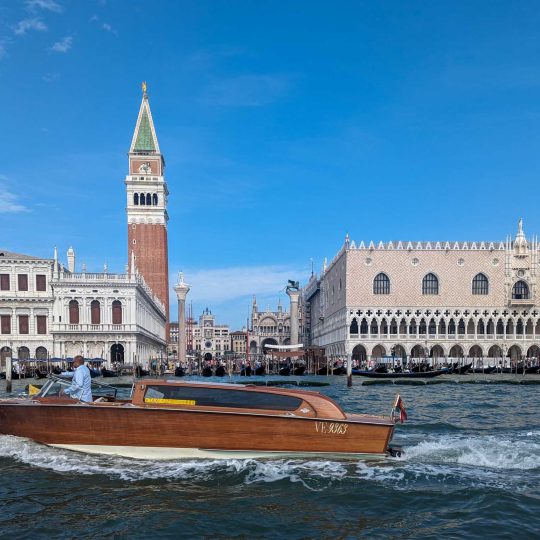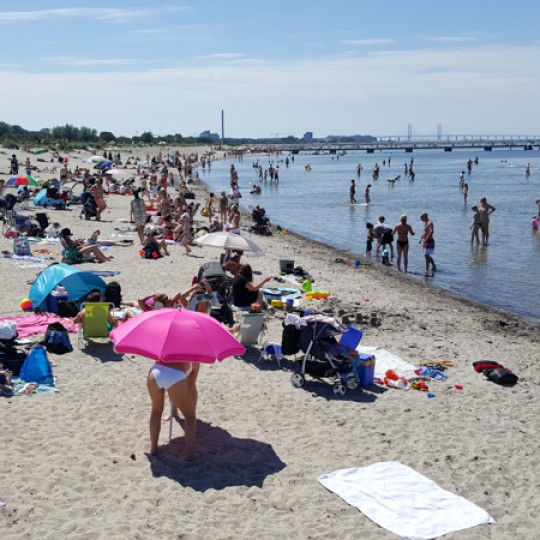The first time I was in South Africa was five years ago when I spent six weeks in Cape Town. I really enjoyed my time there — South African culture is different and exciting compared to the American culture I grew up in. The history of apartheid, the continued economic segregation between rich and poor post-apartheid, and the geography, languages, food, and culture of intermingled people from different parts of Africa make it an excellent place for someone like me to learn new things and understand different perspectives. While I had been staying in Capetown I was surprised to hear locals tell me that they preferred Johannesburg to Capetown. If you have been following my travels you might know that this is how new destinations are enqueued – recommendations, referrals, and references from organic sources.
So I stayed in Johannesburg for two weeks, picking two different neighborhoods to get different perspectives of the city. It would be a reconnaissance trip to see if Joburg had the potential to become a regular destination or at least a regular pass-through en route to others. The first neighborhood I stayed in was Maboneng. It is an artsy, edgy, industrial warehouse district with coffee shops, bars some restaurants, and lots of people standing around on the street who may or may not murder you — my type of place 😍. The upside to staying in neighborhoods where you have a moderate chance of being murdered is that the rent is really inexpensive. I found a two-bedroom, industrial loft @ 3,552sq ft for less than $50 a night. Huge, New York-style windows (like I have in my apartment back in Denver, Colorado). After it got dark, there were even some very friendly cockroaches that played with my toes 🫂 underneath the work desk I was slaving at.
And it got dark quite a lot owing to this phenomenon in South Africa (that wasn’t a thing back in 2017) called ‘loadshedding.’ It really means, reducing the electrical load of the power grid by forcing blackouts on parts of the city and country. Believe it or not Johannesburg, the capital city of South Africa (and also other cities in South Africa!) does not have sufficient electrical capacity to meet the operational demand. That means that multiple times a day (2-3 times during the two weeks I was there), the power goes out for about 2.5 hours at a time. During this time wifi is unavailable, and lights, traffic lights, and even some mobile data towers (that require electricity) turn off. One day the electricity was off for 8 hours at a time. This created a challenge for my afternoon and evening zoom meetings for work. My laptop battery is able to operate on its battery for about 2.5 hours in low-power mode, and I could tether it to the data connection on my cellphone which allowed me the data connectivity that I needed to bridge the loadshedding gap each day. It might sound strange but I found the whole ordeal fascinating and adventurous despite the inconvenience. Imagine, I thought — for me, this is a novelty I will endure for a couple of weeks, for the people who live in Johannesburg, this is an everyday reality.
It took me about two days to get accustomed to loadshedding (whose schedules and durations varied each day) and subsequently it was a fun challenge to navigate. Things like this are charming from a tourist’s perspective when endured for a couple of weeks — less charming to the locals who have to deal with it on a daily basis. Back in 2017 when I was in Capetown, loadshedding wasn’t a thing, it didn’t happen. I have been told that loadshedding is due to bad administration by elected government politicians. The thought of a country regressing to such an extent in the twenty-first century is hard to grasp; for some places this is reality. This is one reason why it is important to travel and live in other places, lest I remain unaware.
During my first five days in Maboneng I wasn’t able to do any exploring beyond meeting my needs for a gym and food as I was working until 11 pm each night on a client project. On Saturday though, I did see some sights around the neighborhood. It started with visiting a huge, used book store where I picked up five obscure, strange books that are small enough to carry, and unimportant enough to abandon someone on the road after I finish reading them. Then I visited a traditional healer’s market that sells herbs, spices, and medicinal products used by traditional medicine practitioners. While I was there I met a traditional healer and her assistant and accompanied them to a different, more edgy market a fifteen-minute drive away. Here I saw a truck filled with skinned cow skulls still wet from being fleshed. Also, many vendors with dozens of types of plants, powders, barks, mulches, etc. used for different purposes. My new friends explained what each one was used for and I even tasted a few – but I am glad I declined the opportunity to inhale one medicinal powder described to ameliorate headaches as my new friends did partake and were induced to sneeze for the next 30 minutes. The healer bought about 12 kilos of medicinal supplies in total (which I carried for them). As thanks for accompanying me, guiding me, and educating me I treated them to a barbeque lunch (known as a braai in Africa): beef liver, sausage, chicken, ciders, and music, all outside. Definitely my type of thing.
My second week in Johannesburg was spent in a residential neighborhood outside the city’s center of Melville. I was in a great home rental – a three-bedroom home with an excellent kitchen table to work from. I found a new gym a twenty-minute walk away that was an excellent excuse to walk under the purple-blooming jacaranda trees. This week went fast as I was engrossed in work. A favorite memory of mine will be working from a nearby cafe in the mornings, drinking coffee, and writing in my journal before heading to the gym to start my day.
